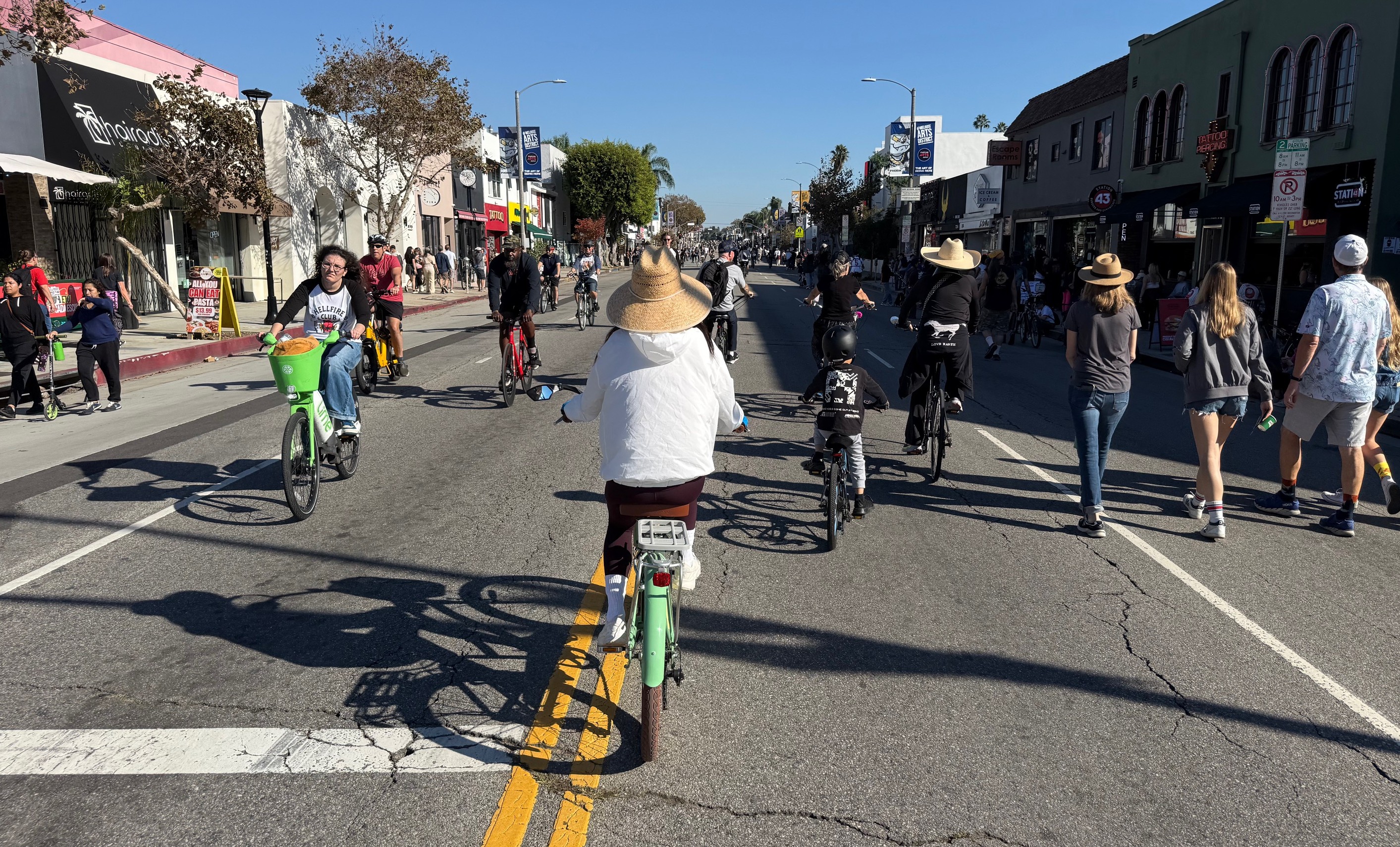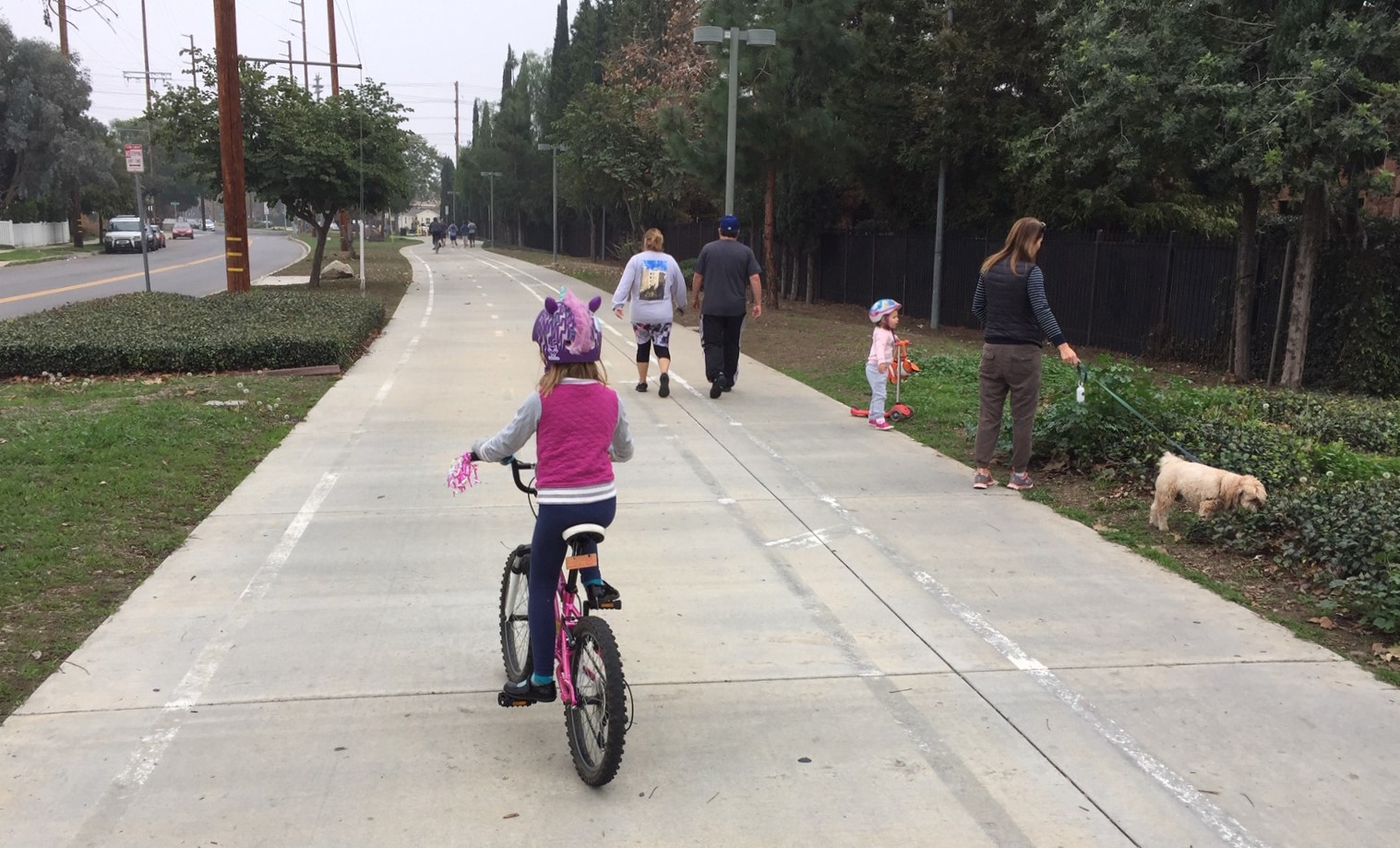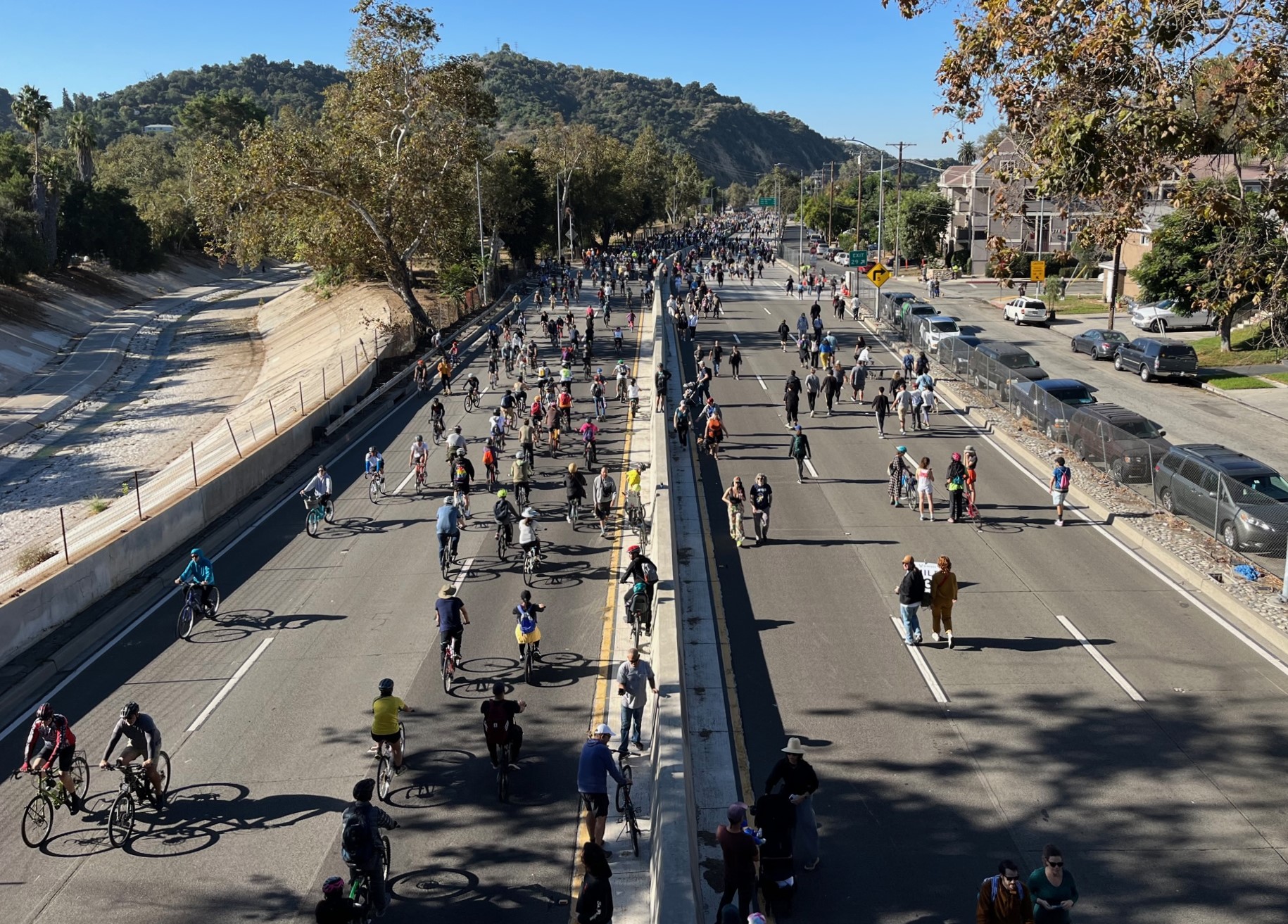
It's hard to know where to start.
L.A. Weekly writer Simone Wilson's piece, featured in today's L.A. Weekly, on the city's hit and run epidemic has so many low points that it's hard to know where to start. The low points aren't issues with her reporting, but the revealed incompetence and indifference of the LAPD, the tragedies of specific crashes she mentions, and the cluelessness of city officials.
Let's start with the most revealing statistic. Nationally, 11% of all traffic crashes are hit and runs. In Los Angeles, that number is 48%.
That's right, nearly half of car crashes where the LAPD takes a report are classified hit and runs.
But what's worse than the statistics is the bumbling response of the LAPD to this ongoing crisis and to some crashes in particular. Throughout the narrative, Wilson returns to the story of Marie Hardwick, a woman left bleeding and broken in the street and the LAPD's too-incompetent-to-be-believed response. Hardick was crossing the street when she was struck with such force that her jaw was shattered, her legs were crushed, and her knee caps were destoryed. The LAPD stumbled upon the scene, ignored witnesses, discarded evidence and released a bulletin asking people to keep an eye out for the car "a day or two later."
Later in the story Wilson details that the LAPD doesn't know how many people are hurt and killed in crashes or hit and runs in the city every year, and tried to get the Weekly to pay for them to do this basic research. Still later, top brass admit that most hit and runs don't get thorough investigations unless someone dies.
Even though I read stories about hit and run crashes nearly every day, I was still stunned when Wilson read me the 48% number during our interview.
"Are you sure?" I asked. When she said she was, I asked for the methodology. When she gave it to me there was a pause. "Wow, I didn't know it was that bad," I replied. "Wait, don't quote me on that."
In truth there are several shocking revelations in the story. There are five "pages" dedicated to it on The Weekly's website. For simplicity's sake, here is one quote from each page that illustrates just how bad the hit and run epidemic is, and how wholly unprepared the city is for dealing with it.
Page 1: "Yet the Los Angeles Police Department's West Traffic division, which handled the case, never interviewed Hardwick, an eyewitness victim of a felony. That was not the only misstep in a botched investigation of a crime that drew media coverage but never drew any interest from LAPD brass."
Page 2: "Smith later explained that Beck created a Multidisciplinary Collision Investigation Team (MCIT) late in 2011, which is available to traffic investigators in the immediate aftermath of major collisions"...."In fact, the multidisciplinary team is focused on something altogether different: It was actually created to protect the city from lawsuits after Los Angeles police crash into citizens or citizens' vehicles with their patrol cars."
Page 3: "When the Weekly requested data on how many people are killed and injured by hit-and-run drivers each year, LAPD Discovery Section analyst Greg Toyama said that fulfilling such an "extensive" request could take weeks and would require the Weekly to write a check in an unknown amount to cover the research cost.Toyama, whose Discovery Section handles record keeping, could not give a ballpark figure for how much it would cost to extract the buried information."
Page 3: (again, Page 4 is full of quotes):"APD spokesman Smith confirms that finding hit-and-run killers is "absolutely" a higher priority than finding those who flee scenes where the victim or victims survive. But, as Johnson explains, even when a driver kills somebody and flees in L.A., "There are times when there's nobody from Traffic available" to respond quickly. "It just depends on if units are tied up or not."
Page 5: "But it could be argued that things worked out well for Bowman, specifically because he chose to flee the scene of his vehicular homicide."
The Weekly has done the public a service by printing this piece. The question that remains is whether it is enough to change the way that the city treats hit and run crashes. For Wendy Greuel, Eric Garcetti, Jan Perry and Kevin James, is a front page story in the weekly enough to make hit and runs a front page issue in the 2013 mayoral election?






